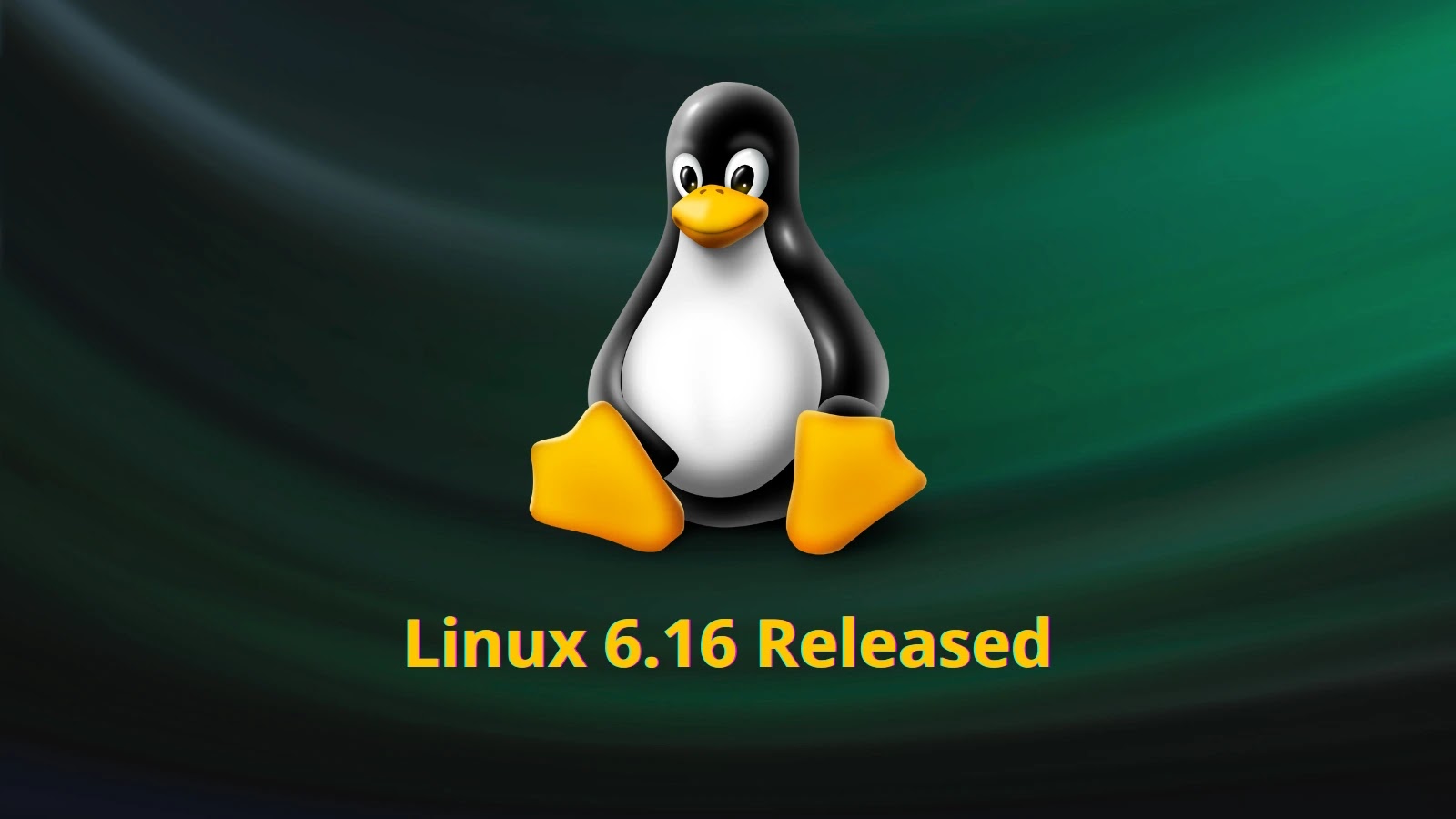
Linux 6.16 Released – Optimized for Better Performance and Networking
Linux 6.16: A New Benchmark for Performance and Network Security
In the dynamic landscape of open-source operating systems, the release of a new Linux kernel version invariably generates significant interest. The Linux Foundation, in its continuous commitment to innovation and stability, officially unveiled Linux kernel 6.16 on July 27, 2025. Orchestrated by Linus Torvalds, this iteration is more than just an incremental update; it represents a focused effort on bolstering core stability, enhancing networking capabilities, and optimizing overall system performance. For IT professionals, security analysts, and developers, understanding the nuances of this release is paramount for maintaining robust and efficient Linux environments.
Key Improvements in Linux 6.16
Linux 6.16 brings forth a series of significant enhancements designed to improve both user experience and underlying system resilience. These improvements span critical areas, from driver optimization to foundational security fixes.
- Driver Enhancements: This release features substantial improvements to key network drivers. Specifically, the Intel i40e and Mellanox (MLX5) drivers have received updates. These optimizations translate to better performance and reliability for high-speed network interfaces, crucial for data centers and enterprise-level deployments.
- Networking Optimizations: Beyond driver-specific updates, Linux 6.16 includes general networking stack enhancements. While the specific details are typically extensive and varied across releases, these broad optimizations often involve improvements to TCP/IP performance, reduced latency, and better handling of network traffic under load. This directly benefits applications requiring high throughput and low-latency communication.
- Performance Refinements: The project’s dedication to performance optimization is evident throughout 6.16. This includes various kernel-level optimizations that can lead to improved CPU utilization, better memory management, and faster file system operations. Such refinements contribute to a more responsive and efficient system across various workloads.
Addressing Security Vulnerabilities: XFRM Fixes
A critical aspect of any new kernel release is the integration of security patches. Linux 6.16 addresses several vulnerabilities, notably those within the XFRM (IPsec) framework. While the specific CVEs associated with the addressed XFRM vulnerabilities were not detailed in the provided source, the mention of “fixed XFRM vulnerabilities” indicates a proactive approach to securing network communications.
The XFRM framework is integral to IPsec, providing the infrastructure for secure IP communication. Vulnerabilities in this area could potentially lead to data interception, denial-of-service attacks, or unauthorized access within IPsec-protected networks. The fixes in 6.16 enhance the cryptographic integrity and robustness of IPsec implementations on Linux systems.
Remediation Actions
Given the importance of the stability and security enhancements in Linux 6.16, immediate action for system administrators and developers is crucial:
- Prioritize Upgrade: Organizations reliant on Linux should prioritize upgrading to kernel 6.16. This is especially true for systems handling sensitive data or operating in high-performance networking environments.
- Test in Staging: Before deploying to production, always test the new kernel version extensively in a staging environment to ensure compatibility with existing applications and hardware configurations.
- Monitor Logs: Post-upgrade, closely monitor system logs for any unexpected errors or performance regressions.
- Regular Patching: Establish and adhere to a robust patching schedule to ensure systems are always running the latest stable and secure kernel versions.
The Road Ahead for Linux Development
The release of Linux 6.16 underscores the continuous evolution and stability that the open-source community champions. Under Linus Torvalds’ leadership, the focus remains on delivering a robust, performant, and secure foundation for countless applications and services. This iterative development process ensures that Linux remains at the forefront of operating system technology, adapting to new hardware, anticipating security threats, and optimizing for evolving performance demands.
Summary and Key Takeaways
Linux kernel 6.16, released on July 27, 2025, represents a significant step forward in open-source operating system development. Key highlights include:
- Enhanced performance and reliability for Intel i40e and MLX5 network drivers.
- General networking stack optimizations for improved throughput and latency.
- Crucial security fixes, notably addressing XFRM vulnerabilities within the IPsec framework, bolstering network security.
- Continued commitment to overall system performance optimizations.
Adopting Linux 6.16 is a proactive measure that enhances both the performance and security posture of Linux-based systems, ensuring they remain resilient against emerging threats and capable of handling demanding workloads.





